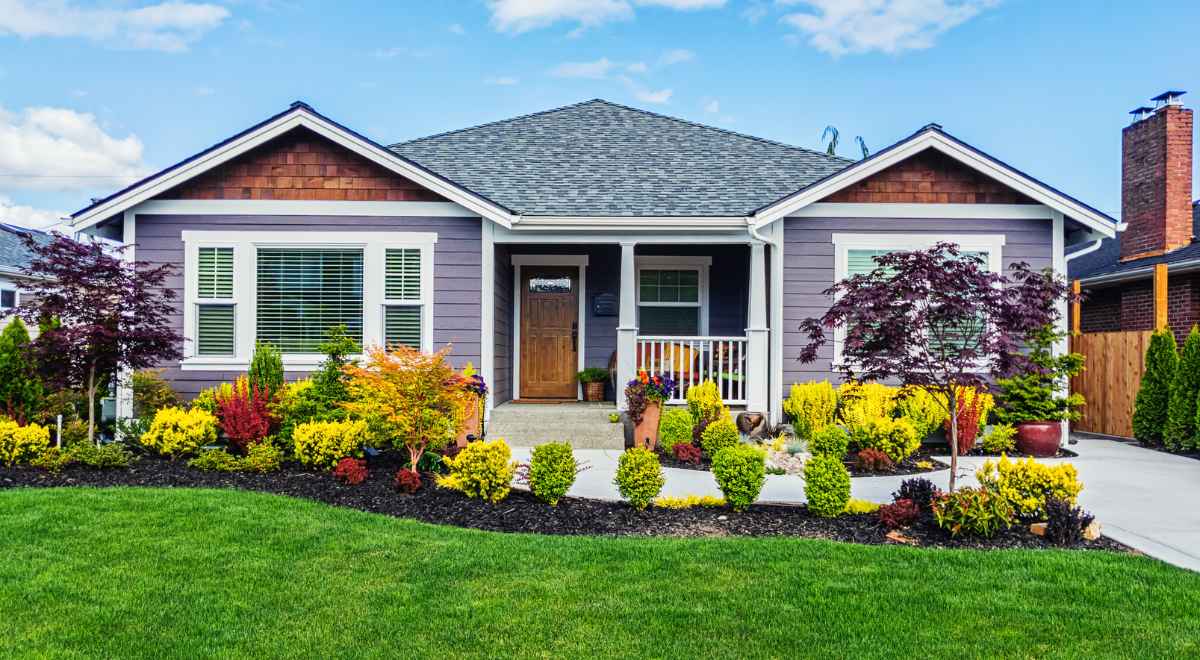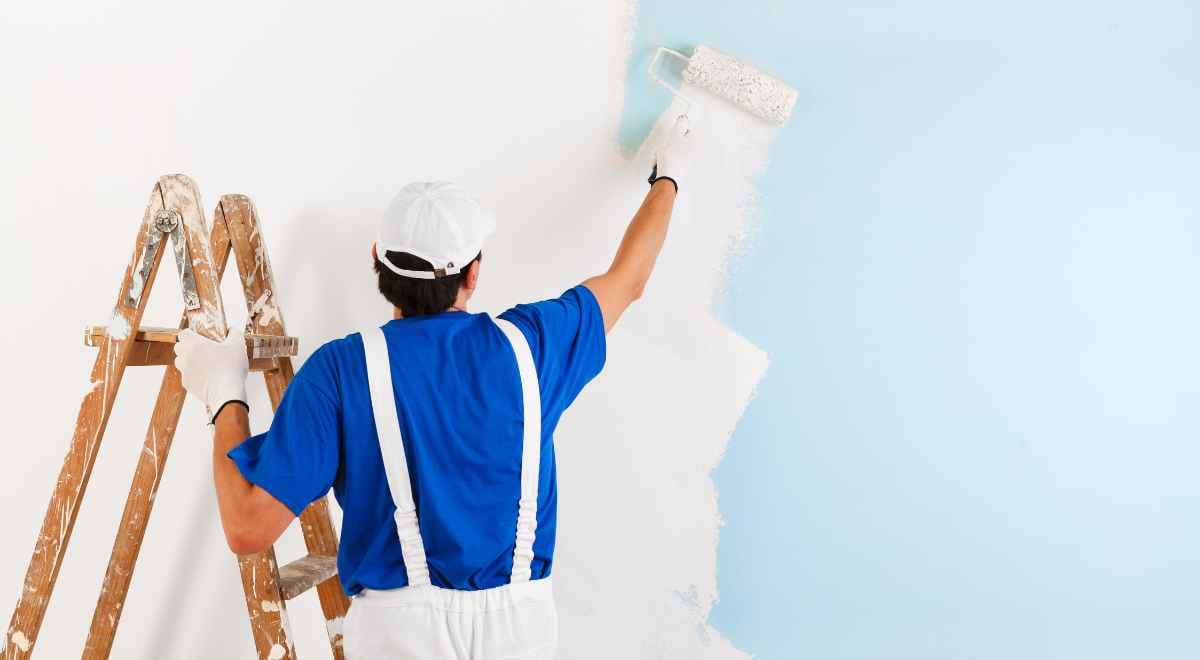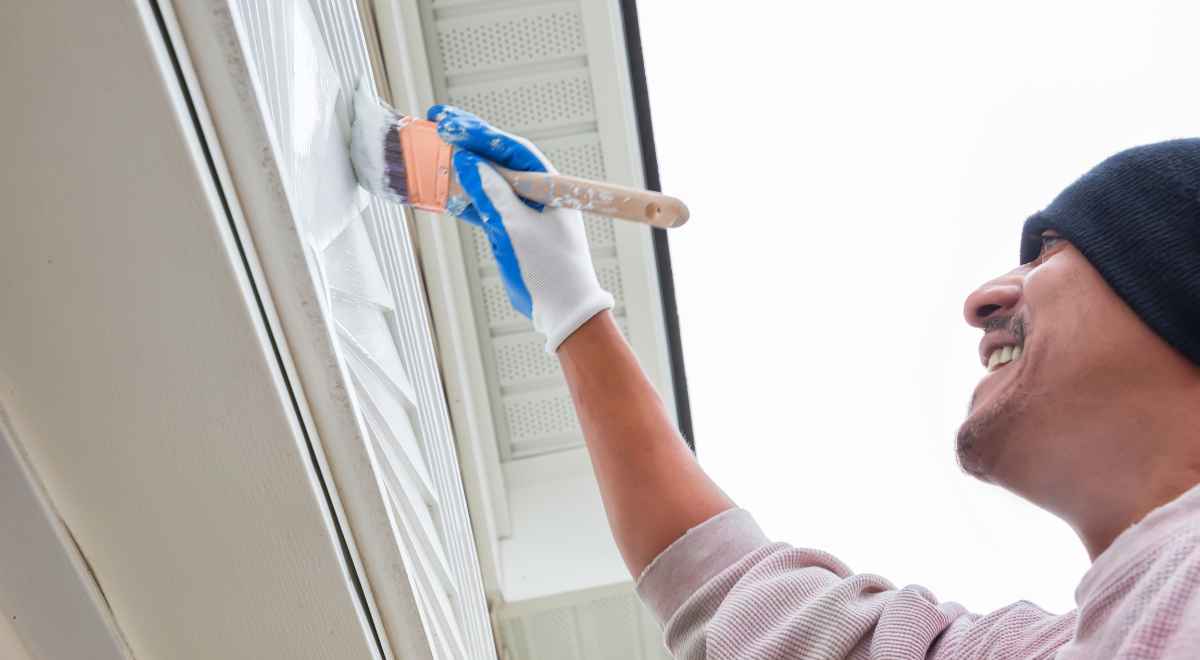How Weather Affects Your Dream Home's Exterior Painting
Understanding how weather conditions impact your dream home’s exterior painting venture is paramount for attaining enduring outcomes

Thinking of giving your house a glow-up with some good house painting ideas? You must also know how significant it is to understand how painting will affect your dream home. Both Interior house painting and exterior painting should be given equal importance. Most of the time, choosing exterior paint is done quickly while the interior is given the most importance as it is something you see and experience every day.

Understanding how weather conditions impact your dream home’s exterior painting venture is paramount for attaining enduring outcomes. I hope you guys know what the difference between both is. The main difference is that they use less harsh materials to paint the interior. In contrast, in exterior paint, there will be harsh chemicals to withstand any weather and last long enough and contains stronger resins and UV protectants for better durability. Also, this thing about weather resistance makes exterior painting more expensive than interior. So here are some things you should keep in mind. To achieve long-lasting exterior painting, that place's weather should be considered.

The Right Temperature for Exterior Painting
It will be very miserable if the face of your dream house gets destroyed easily. Temperature stands as an important element in exterior painting as extreme temperatures can spoil everything you have planned for your dream home. If it’s too hot, the paint may dry quickly, resulting in cracks and flaking. Conversely, extreme cold temperatures can impede the drying process, rendering the paint more vulnerable to dust and other particles in the air. The right range of temperature for exterior painting is 50°F to 90°F. So go for this temperature span if you can.
Humidity
High humidity can make your exterior painting scheme go up in the smoke. The moisture in the air can impede the paint from drying correctly accumulating dirt and dust. It can also induce a chalky appearance in the paint resulting in the house painting looking dull and old even after just a few days of painting. Opt for days with moderate humidity levels to ensure your exterior painting dries which gives a smooth finish.

Rain or Shine
Rainy days can affect your exterior painting job. Not only can it wash away fresh paint, but it can also instigate water seepage beneath the surface. Plan your painting project around a stretch of several dry days so that you escape the tantrums thrown by rainy weather. Remember, the surface you are painting should also be devoid of moisture.
Windy Days
While a gentle breeze can aid in drying the paint, strong winds can spoil your exterior painting. Wind can carry dust and dirt onto wet paint, inducing imperfections. This will give your exterior painting an uneven finish. Elastomeric paints are gaining popularity in the market these days due to their flexibility and ability to bridge minor cracks in walls caused by wind-induced rain. This paint is the best for almost any weather conditions.
In Conclusion
Other than just color application, the exterior painting serves a strategic purpose which is to protect your dream home from all the weather conditions. So avoid exterior painting during the monsoon season (June-September), now you know why!. Interior painting can be done on dry days during the monsoon.

By analyzing the consequences of the weather conditions mentioned above, you can make the right choices that will facilitate proper exterior painting. Waiting for the right weather conditions needs a lot of patience. But doing it at the right time will let the paint withstand a few years and endure the test of time. These insights will prep you for revamping your home's exterior making it attractive and lasting.
Consider factors like climate, budget, desired finish, and wall condition when selecting paint. Consulting a local paint store or hiring a professional painter can help you choose the most suitable type for your project.




Comments ()